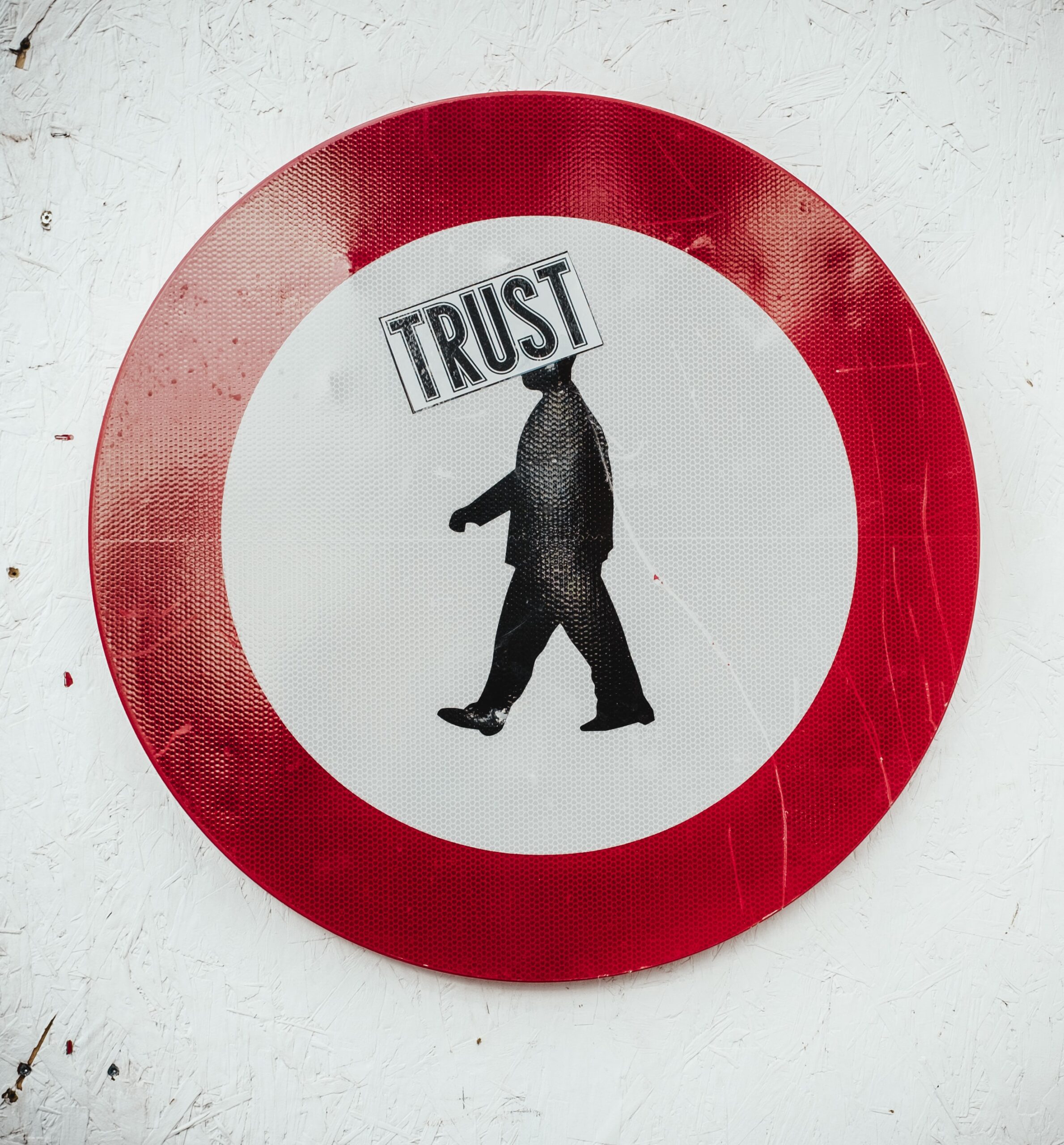Nonprofit Crisis Response Tip-a-Day-DO-Dah!
 No matter your politics, this is crisis time for many nonprofits who rely on federal grants and loans (about 30% of all charities).
No matter your politics, this is crisis time for many nonprofits who rely on federal grants and loans (about 30% of all charities).
It’s also crisis time for the beneficiaries of many nonprofits, who are scared, stressed, depressed and otherwise at loose ends due to the rapidly changing environment. Many of the resources on which folks once relied have disappeared or are at risk. For some of your constituents, it feels as if the rug has been pulled out. Or the other shoe is about to drop.
During times like these, people want to come together and help. It’s your job, as a philanthropy facilitator, to help them in this communal endeavor. Stay calm, carry on, and communicate your particular needs.
Resist the temptation to throw your hands up in the air, assume people feel too uncertain to give now, and simply leave folks (donors and clients) to their own devices. We know from past experience this won’t end well.
During the 2008-09 worldwide recession, many charities cut back on fundraising and marketing. Some of them still haven’t recovered. Something similar happened in response to the Covid-19 pandemic. People thought (assumed) it was unseemly to ask for contributions.
Be careful what you assume.
If you don’t ask, you don’t get.
Research collected from donors in response to the coronavirus pandemic showed:
- Giving, and fundraising, was increasingly seen as good. Even donors who had been hit economically remained remarkably generous.
- Charities with little relevance to tackling coronavirus still received support from donors that valued them – as long as they asked for help (otherwise they were perceived as not in need of funds).
“Many of the donors we spoke to report that they just don’t know what they should be doing or who they can trust. This led to a rise in levels of insecurity… Of course, they understand that things are changing and that plans will always need to adapt. But knowing that a strategy is in place will provide the security that they need. They also want to know what their role – as supporters – will be. And, most importantly, they are ready for a frank conversation about what is required of them.“
Donors want to help – and will help – but they need leadership.
This means telling people what you do that addresses the problems that worry them. For people feeling helpless, this can give them a sense of control. Show them how they can join you, and become a part of a community of like-minded people who share their concerns and values.
It all boils down to a need to put together both short and long-term plans to connect meaningfully with your supporters right now, using the correct approach and tone. Towards that end, I’ve put together five ‘to-do’s – one for each day of the work week. I suggest you put aside a little bit of time this coming week to consider how you might actualize each of these suggestions, if not in whole at least in part.
Ready for your five timely tips?
Details

 What’s in a name?
What’s in a name?



 The major gift journey is a synergistic one. You see, it’s both your journey and your donor’s journey.
The major gift journey is a synergistic one. You see, it’s both your journey and your donor’s journey.